On a Monday evening, in those delicate days before Hong Kong’s brutally humid summer begins in earnest, Chau Ka-ling’s snake soup restaurant is bustling with the after-work crowd. Snake soup is usually reserved for the winter months; it’s renowned for its warming and medicinal qualities. But Chau’s shop stays open all year long, despite the fact she might sell under 100 bowls on a July day compared to about 1,000 bowls on a December day.
“We have rent to pay,” Chau says squarely. It’s with the same get-it-done sensibility that she opens a drawer of a tall wooden cabinet and removes a squirming non-venomous python. This one isn’t dinner, she says: Along with a king cobra, which is stored in a separate cabinet drawer labeled “poisonous” in Chinese, she keeps this python as a pet.
Chau’s unflappable nature is part of what makes her such an expert snake handler. The walls of her shop, Shia Wong Hip, are lined with glass bottles of snake wine, jars filled with prized snake gallbladders, and newspaper clippings splashed with photos of a teenage Chau. That’s when she started in the business, helping at her father’s snake shop.
Snake soup is a Chinese delicacy that’s been around for centuries, and outside of mainland China, Hong Kong is one of the only spots you can still find it. It’s said to nourish the entire body, relieving joint pain and helping the respiratory system. Plus, she says, snakes are low in fat and cholesterol.
The menu at Shia Wong Hip is filled with enticing descriptions that, if not accompanied by photos of cobras, you might mistake for a list of available services at a beauty salon. The blanched shredded snake with ginger and scallion will “replenish the body” for HK$180 (US$23). The five-snake soup will “maintain beauty, keep you young, and invigorate the blood” for HK$78 (US$10).
The base of Chau’s secret recipe is a broth boiled for six hours with about 40 pounds of snake bones, 25 pounds of pork bones, and two chickens. Then she strains out the scum and adds wood ear mushrooms, shredded chicken, dark soy sauce for coloring, and five different types of shredded snake meat — some venomous, some not. The dangerous parts, a snake’s head and grooved fangs, are removed first.
“I keep large chunks of snake meat in the soup because people in this neighborhood care about seeing the big pieces,” Chau says. “If you shred it too finely, they’ll think you’re not putting enough in there.”
Chau, whose only admission of her age is “over 60,” was first introduced to snakes when her father opened his snake shop in the mid-1960s, before the soup became commercial. Customers would choose a snake at his store, then Chau’s father would kill and defang it so they could cook it at home as a family activity. Or he’d sell just the bladder, which can be infused with spirits to make wine.
Along with her six siblings, Chau started helping her father, which required getting over her fear of the cold-blooded reptiles rather quickly. At some point, he decided to expand into selling snake soup, so he hired a master. Chau became his apprentice and learned the craft, which is how she came to run the restaurant with her siblings.
Chau used to import live snakes from mainland China, but she now sources most of them from around Southeast Asia. (Certain species are now endangered in China.) Wild snakes are less common in Hong Kong, but they do get spotted on the city’s lush outlying islands, where Chau’s expertise sometimes comes in handy.
If a snake makes its way into someone’s home or business and is reported to the police, they might call Chau to help safely remove it. (Those are not used for soup, she notes.) She recalls one time, around age 16 or 17, when a snake was found hanging outside her family’s two-story building. They called the fire department to bring in a mobile crane, and a crowd started to form.
“The police were ushering everyone out of the way, including me,” she recalls, laughing. “Then the firefighters came and asked, ‘Who will be catching this snake?’ And I came through the crowd, this young pretty girl. They said, ‘Can you really do this?’ I did, and everyone clapped.”
Being fearless (“the only thing I’m scared of is being poor”) and wearing elbow-high leather gloves aren’t antidotes to venomous snake bites. Chau has been bitten twice: Once in the early days at her dad’s shop, when their snake master healed her. She’s not as casual about the second instance, which left an inch-long scar on her right hand about 20 years ago.
Wary that hospitals in Hong Kong wouldn’t know to deal with venomous bites, she cut her own hand open to try to remove the venom. When it wouldn’t stop bleeding, a relative drove her across the border to a hospital in China that had a ward devoted to snake bites. When they arrived, the doctor was surprised she was still alive. I politely decline to see photos of it that she offers to show me on her iPhone; you can see those for yourself in the video above.
As the flow of diners starts to thin, Chau pours bowls of soup for dinner with her siblings at one of the restaurant’s linoleum tables. She sprinkles some crunchy noodles on top.
The flavor of snake soup is often compared to chicken soup — but then again, Chau’s recipe does include small bits of shredded chicken. “The taste is indescribable,” she says. “You just need to try it.”
Snake soup has sustained her career and is still popular in Hong Kong, but it’s on the long list of businesses with a questionable future in the city, not least because of the ecological impact.
“If it comes to an end, I’ll just need to pivot,” Chau says, picking some of the snake meat from between her teeth. For now, though, it’s just the start of another slow summer season for the Snake Queen, as she’s known locally.
She places her spoon down and walks over to the wooden cabinet, where she takes her pet python out of its drawer again to let me say goodbye.
“Once you designate a snake in your mind as a pet, it’s just a pet. If I think of it as a friend, I won’t kill it,” she says. “If I order it for business consumption, that’s another story. You have to keep pleasure and business separate in your mind, otherwise you can’t be in this business.”
This interview was done by Megan Hess and Virginia Chan, who runs the food tour company Humid with a Chance of Fishballs and has a YouTube channel by the same name. Her video of our talk with the Snake Queen can be found above. (Spoiler alert: Scroll to the 8-minute mark to watch me trying snake soup for the first time, and 9:40 for Chau draping her pet python on my neck.)
For more reptilian reading from the archives: No Joe Schmo interviewed a snake milker who runs a zoo in Kentucky with 2,000 snakes.

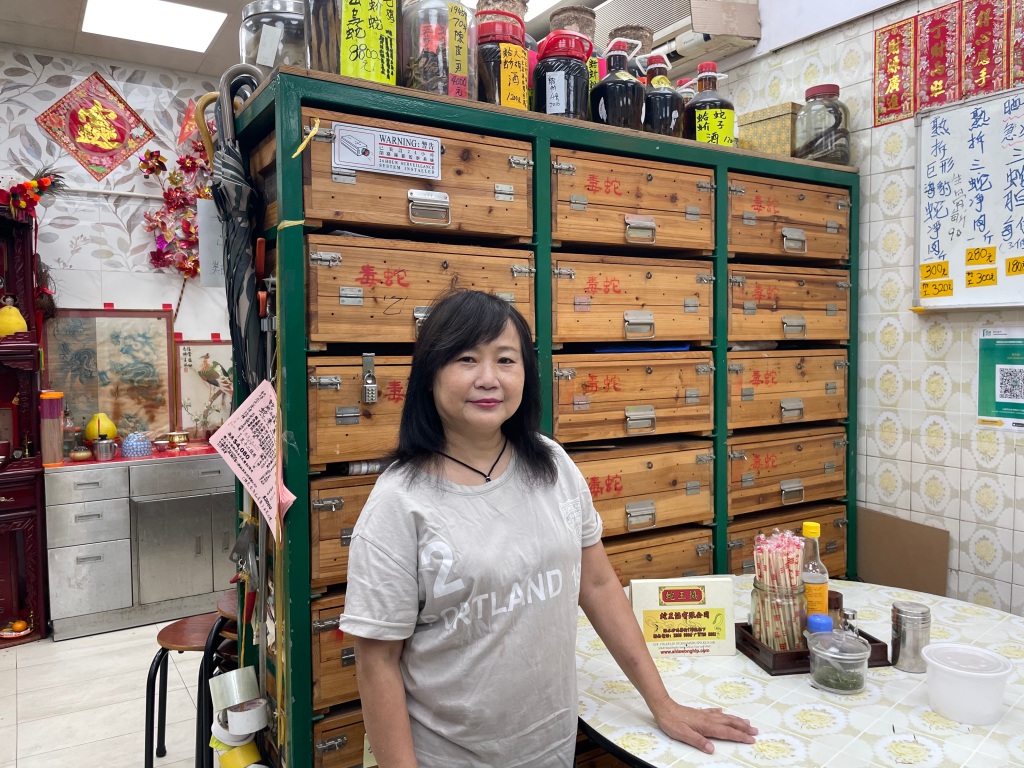
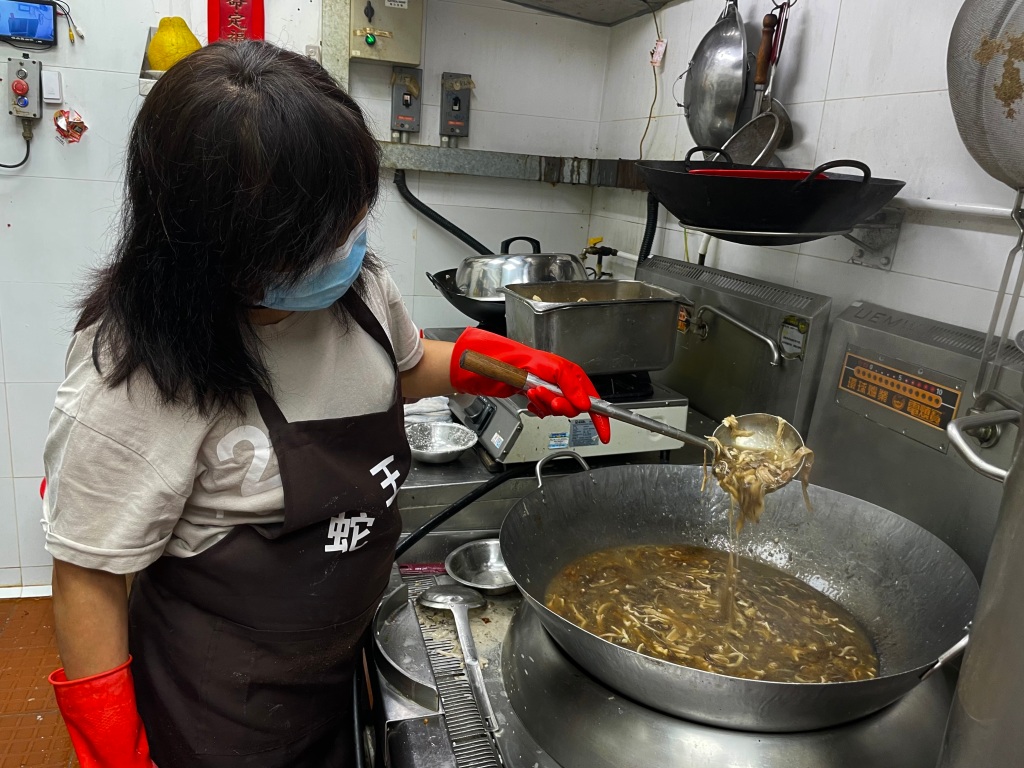
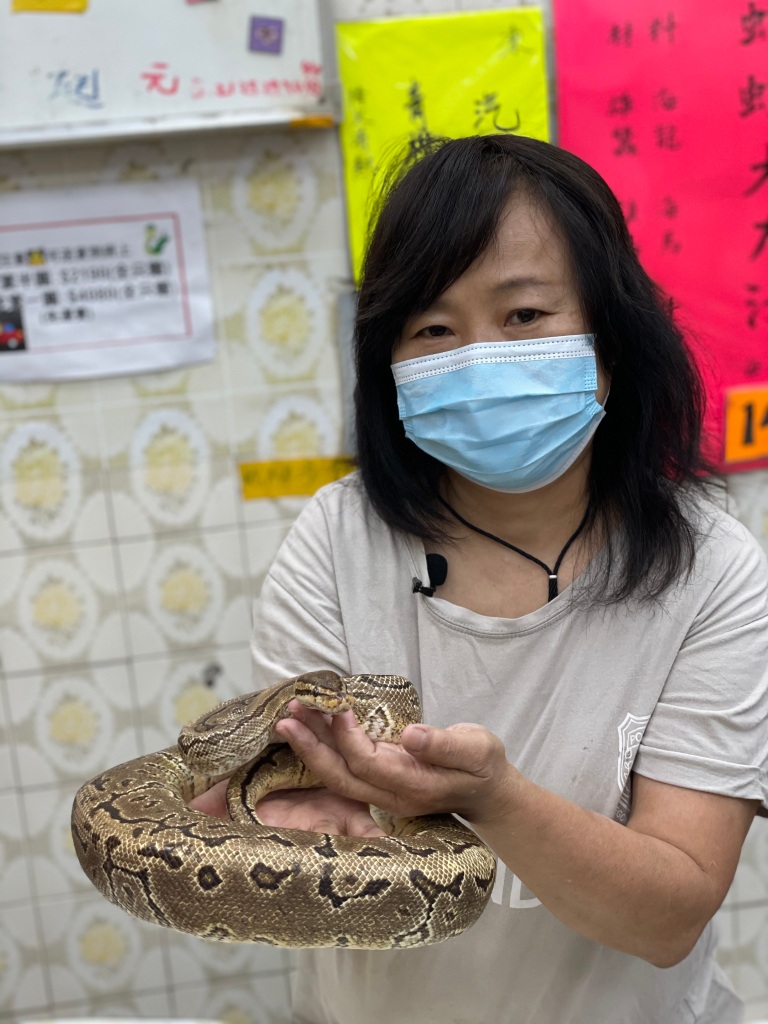
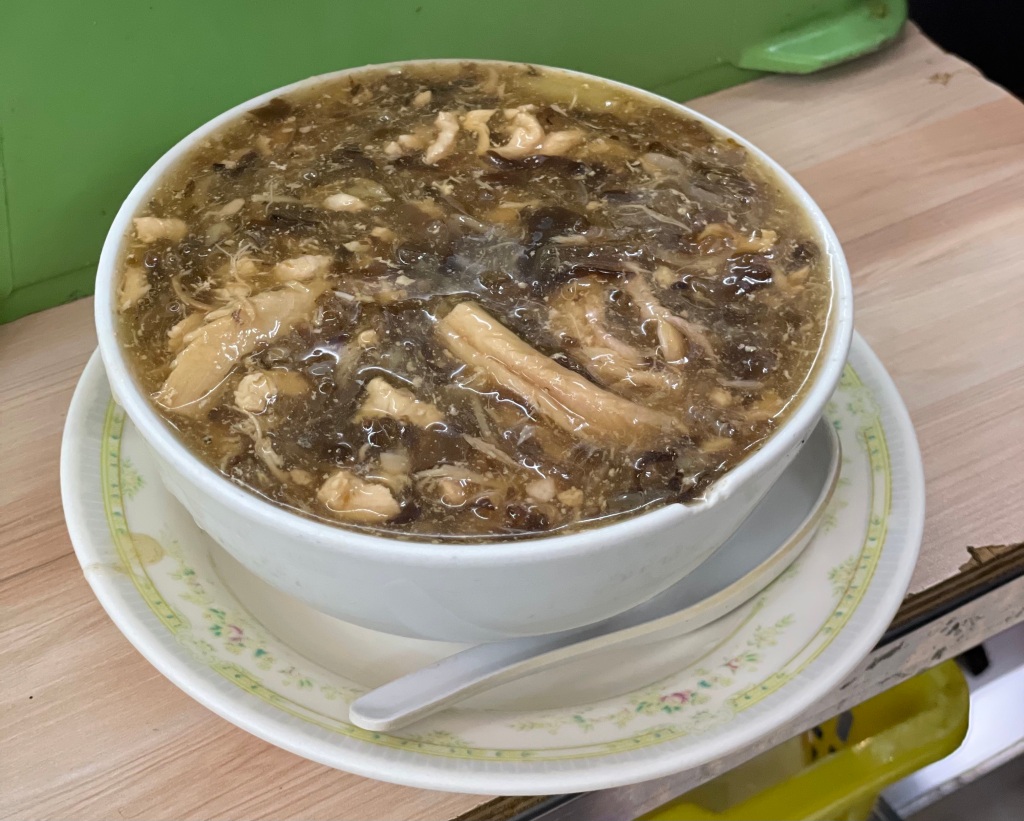
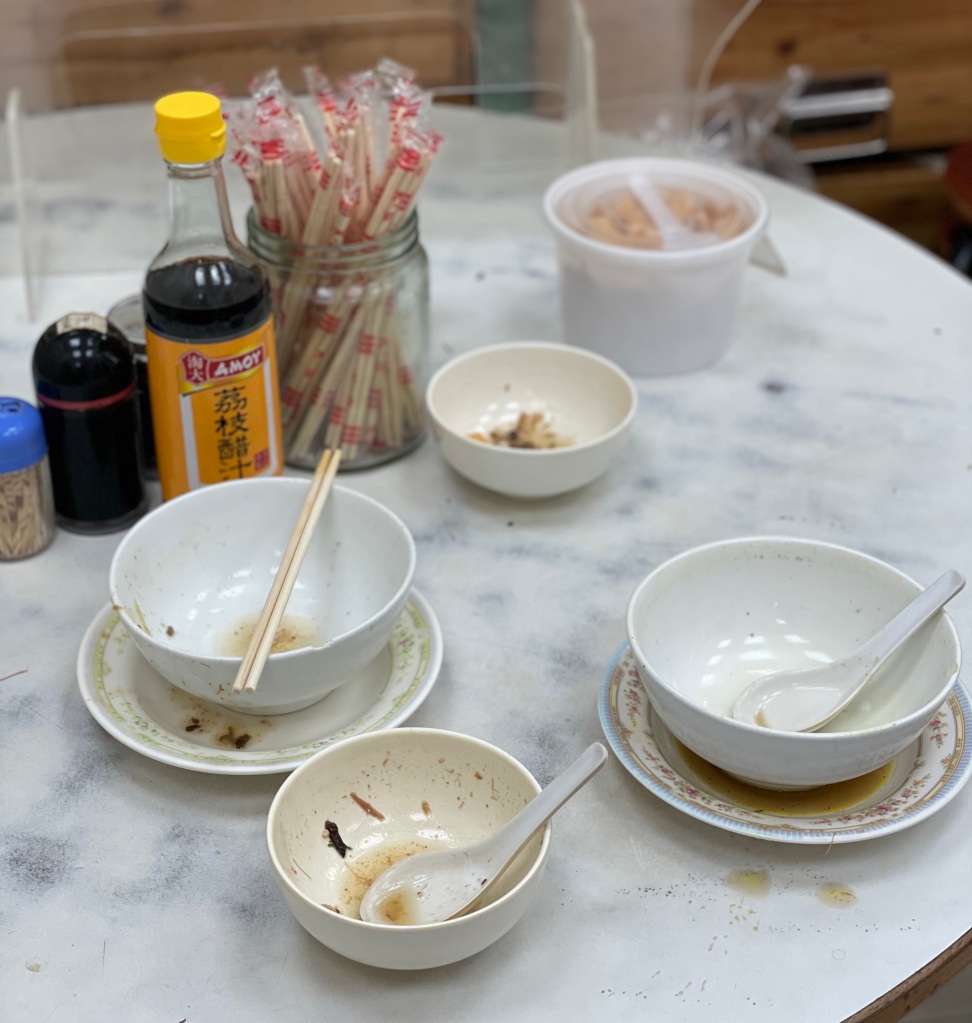
[…] The Snake Soup Queen […]